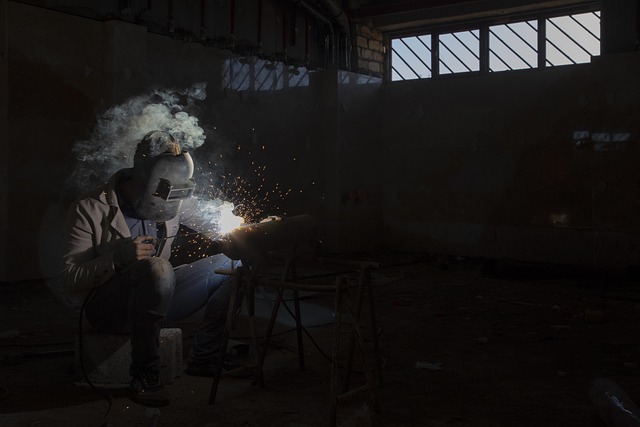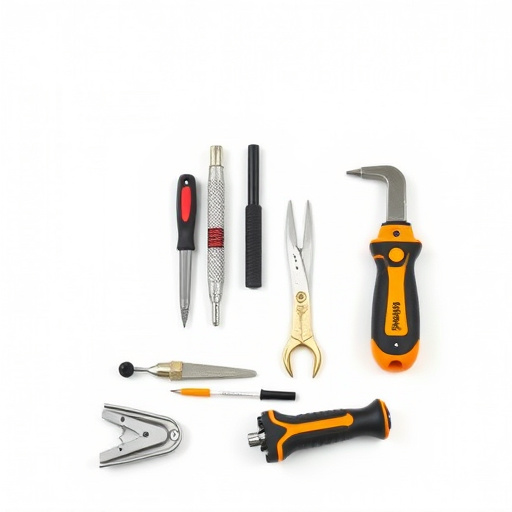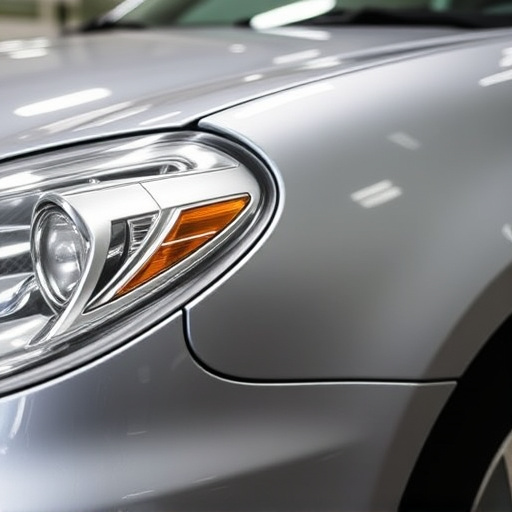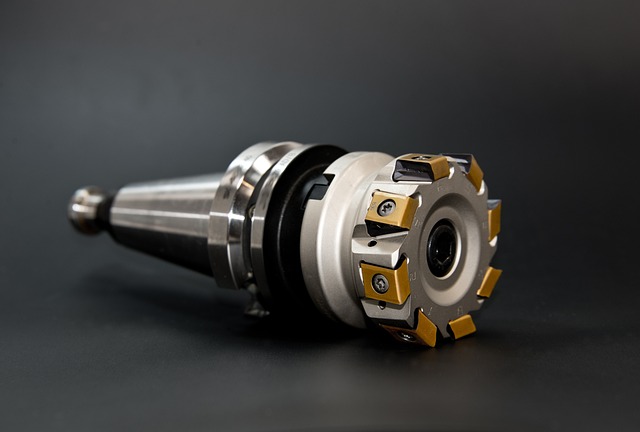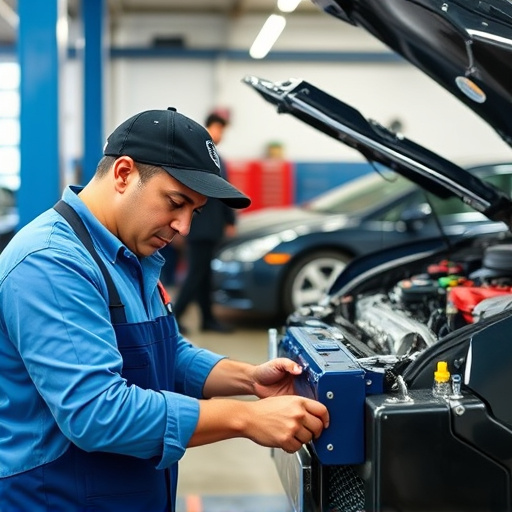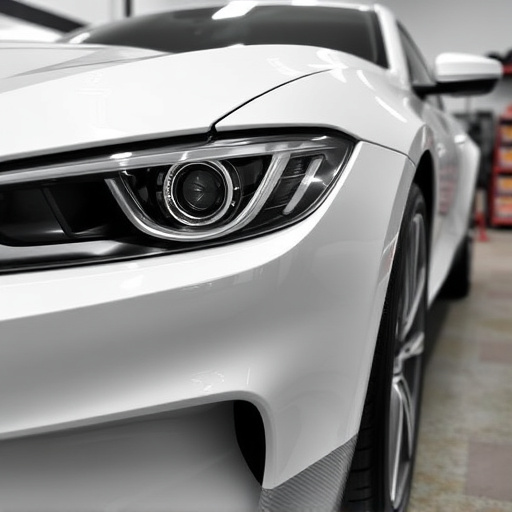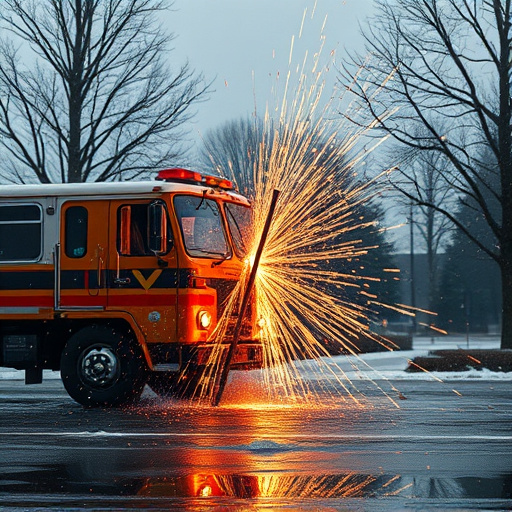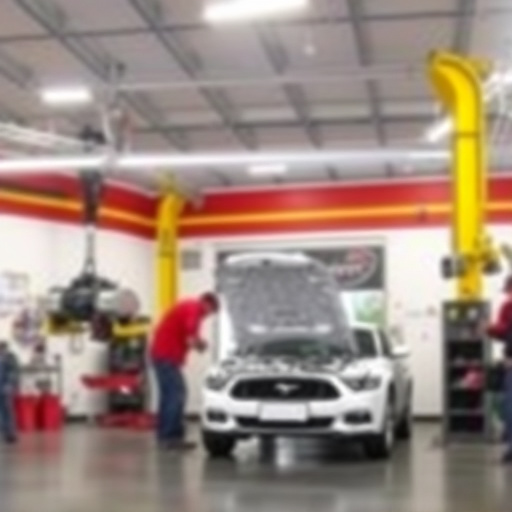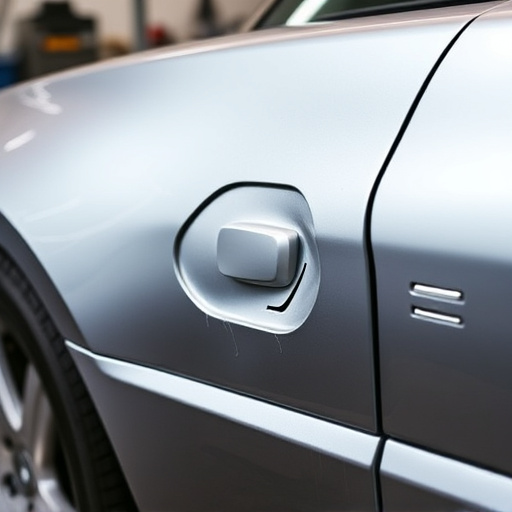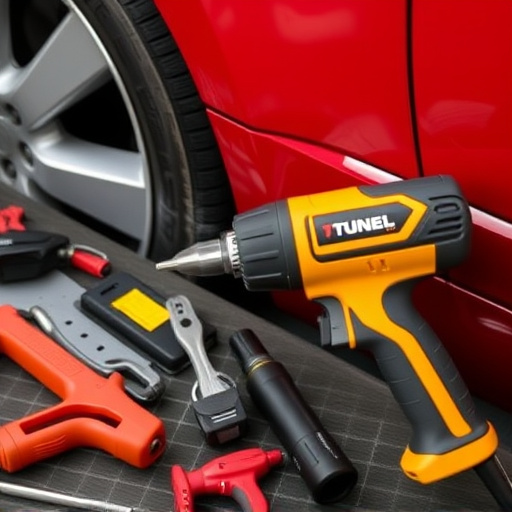In modern automotive manufacturing, high-strength steel is prevalent in vehicle frames, enhancing safety but complicating repairs. Collision centers require advanced frame repair technology to match the original material's strength without weakening structures. Innovations like laser welding and robotic systems, aided by CAD software and automated paint applications, offer precise, efficient, and reliable repairs that meet safety standards while preserving aesthetics and structural integrity, catering to the growing demand for faster, more reliable frame repairs.
“In the realm of structural integrity, the evolution of frame repair technology is a game-changer. High-strength steel, known for its durability, presents unique challenges in repairs, especially in automotive and construction sectors. This article delves into the understanding of this material, exploring its properties and the difficulties it poses for traditional frame repairs. We then track the evolutionary journey of frame repair technology, highlighting innovations that promise enhanced strength and precision. Furthermore, we’ll dissect the benefits and applications, demonstrating how these technological advancements are transforming structural repairs.”
- Understanding High-Strength Steel and Its Challenges in Frame Repairs
- The Evolution of Frame Repair Technology: Innovations and Advancements
- Benefits and Applications: How This Technology Transforms Structural Repairs
Understanding High-Strength Steel and Its Challenges in Frame Repairs

High-strength steel has become a prevalent material in modern vehicle manufacturing, particularly in car frames and structural components. This advancement offers enhanced safety features and improved strength, but it presents unique challenges when it comes to frame repairs. Unlike conventional steels, high-strength alloys require specialized techniques and tools for effective repair without compromising the integrity of the vehicle’s overall structure.
When a collision center or automotive repair shop encounters a vehicle with high-strength steel damage, they need advanced frame repair technology. Traditional welding methods may not be suitable, as they can lead to weak spots and structural failures. Specialized equipment and trained technicians are essential to ensure precise repairs that match the original material’s strength. This involves using innovative techniques like laser welding or robotic systems, which offer greater accuracy and consistency in repairing these complex frames, ultimately maintaining the vehicle’s safety and performance in a vehicle body shop setting.
The Evolution of Frame Repair Technology: Innovations and Advancements
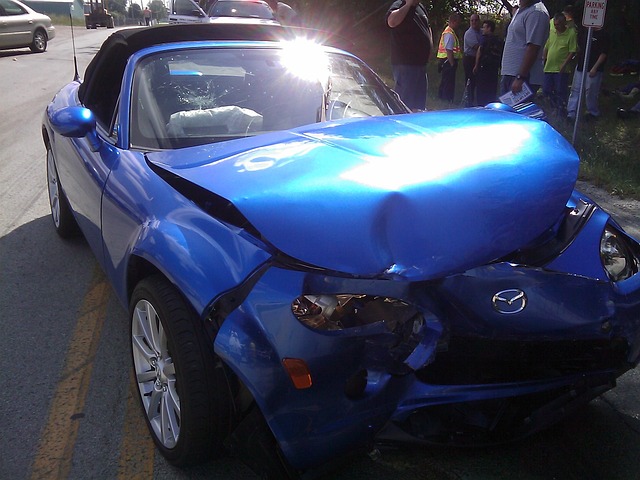
The evolution of frame repair technology has come a long way since its early beginnings, primarily driven by advancements in materials science and manufacturing processes. Traditional methods often involved manual labor with limited precision, making complex repairs challenging. However, the introduction of modern technologies has revolutionized the landscape of frame repair. Computer-aided design (CAD) software enables technicians to create precise measurements and plans for repairs, ensuring every detail aligns with the vehicle’s original structure.
Furthermore, advancements in robotic welding systems have significantly improved the accuracy and efficiency of high-strength steel repairs. These robots can handle intricate shapes and tight spaces, delivering consistent results. In conjunction, automated paint systems offer a seamless finish, matching the vehicle’s original paint job perfectly. Integrating such innovations ensures not only robust structural integrity but also top-notch auto body restoration, leaving vehicles looking as good as new while meeting stringent safety standards. These developments in frame repair technology cater to the growing demand for faster, more reliable, and aesthetically pleasing repairs across the automotive industry.
Benefits and Applications: How This Technology Transforms Structural Repairs

The advent of innovative frame repair technology is revolutionizing structural repairs, particularly for high-strength steel vehicles. This cutting-edge approach offers numerous benefits, such as enhanced precision, reduced repair times, and minimal impact on the vehicle’s overall structure. By employing advanced techniques like laser welding and specialized machinery, technicians can accurately mend damaged frames, ensuring vehicles return to their original strength and safety standards.
This technology finds its applications across various industries, from car collision repair to vehicle restoration projects. For instance, in paintless dent repair, the frame repair technology enables efficient removal of dents without painting or extensive body work, resulting in a cost-effective and time-saving solution. Its versatility allows for the preservation of vehicles’ original aesthetics while restoring structural integrity, making it an indispensable tool in modern automotive maintenance and restoration practices.
Frame repair technology, specifically designed for high-strength steel, marks a significant leap forward in structural repairs. By understanding the unique challenges of high-strength steel and leveraging innovative advancements, this technology offers unparalleled benefits, transforming the way we approach frame repairs. Its application ensures stronger, safer structures, setting a new standard in the industry.

